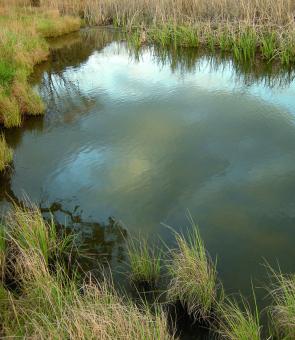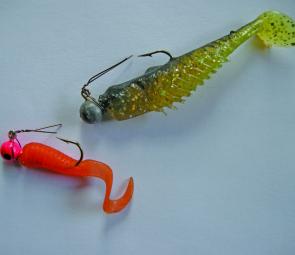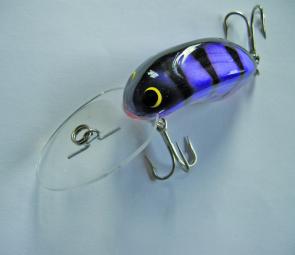This month angling options really kick into gear across the North West. The weather and water are well and truly warming and, hopefully, the
The westerly winds should have gone by now, making conditions a little more pleasant for boating.
The sudden warming of the waters triggers an explosion in food items for all fish species and each will begin to voraciously accept the bounty. In some impoundments algal blooms can become a problem but it will largely depend upon the intensity of run-off and temperature combinations.
November is an excellent month to stick to the shallows and the rough stuff.
As I mentioned last month, crustacean populations kick into gear at this time and everything from trout to cod will be hunting a crunchy morsel.
In the dams and the rivers, the best tactic is to fish close to the standing weed beds, rushes and drowned timber in shallow water.
Light penetration into the water column largely dictates the biomass or amount of organisms, plants and animals which thrive there. As a rule, 2.5m is largely the extent of it.
Broad flats around this depth are tremendous producers of prey items such as baitfish and crustaceans.
On the impoundments you should be right on the money by slowly trolling these regions with smaller than normal lures. Tight, shimmy actions, rather than the wide roll ofDon’t be afraid to mix up your trolling speeds because variations at this time of year can often induce strikes beyond constant putt-putt-putting around the foreshore.
Weed beds should become obvious as they thicken in the warm conditions and as the water clears.
Trolling along the adjacent drop-offs or casting and retrieving along the faces of the weed beds are excellent choices.
Under low light conditions, trickle a stickbait across the top of the weeds. The subtle action of these lures doesn’t put fish down when they may be holding just under the tips of the weed cover.
Keep your big, blooping poppers for working over deep water where the increased noise and action draws fish up.
Bank anglers will find good options with live shrimp under a float. Again, look for the places with gently shelving bottoms and obvious weed structure.
Copeton Dam is probably the best location to explore for this type of water although the eastern edges of Keepit also hold similar structure.
Keepit and Chaffey dams also hold some extensive gravel beds which, although barren, can hold some excellent cruising fish.
Lure casting from the bank is often complicated by the proximity of weed.
From a boat, it is possible to draw lures along the face of the weed and largely eliminate fouling.You can reduce the problem by fitting weed guards to your jig heads.
These can simply be made with some 25lb wire trace. Pass the two ends through opposite sides of the hook eye. Twist several times and then fold back over the hook point in a wide V shape. Trim just short of the point with wire snips.
Alternatively, minnow lures can be retro-fitted with single hooks or you can simply snip off one or two of the treble points. This won’t greatly reduce your hook-up rates but will reduce the time spent stripping weed from your lure.
Along the trout streams you’ll find similar success focusing on the weed beds and reed stands.
The warming water encourages all manner of aquatic invertebrates over the coming month and fly flickers should enjoy success with larger nymph imitations such as damsels and stoneflies.
Mayfly hatches also kick up a notch and black or red high-floating dries are another terrific option.
Anywhere there are obvious weed beds or reeds, it would be a grave mistake not to slowly work a yabby imitation.
Heavy-hackled versions tend to foul less than lightly-dressed models but they do sink much slower, so should be weighted.
Before the mercury rises too high, you should find some solid fish down Walcha way.
Similarly, the Guyra and Glen Innes areas will be the pick this month.
Focus on the cover with repeated, accurate casts for best results. Over coming months fish should move out into the open pools and the faster runs.
November is generally recognised as the start of the bass action.
Resident fish will fire up in the gorges, while the lower stretches of the Macleay River down to Lower Creek will be starting to fish well.
Gorge fish at this time of year have a liking for smaller plastic grubs with a little sparkle. Target the heads of the pools where the water is a little faster and concentrates the flow.
Overall, the coming month heralds the return of top angling across the district. Fish tight against the weeds and you’ll find the fish.
Reads: 1796
Shallow, weedy corners of all streams and lakes will hold fish this month.

Small wire weed guards increase the flexibility of your jig heads.

Medium sized lures with natural colour are the pick for foreshore trolling.




